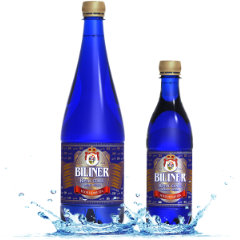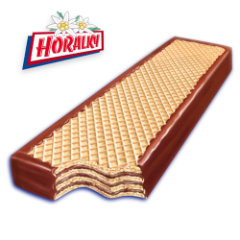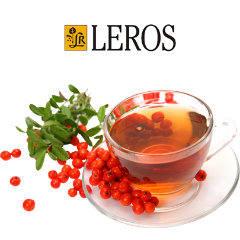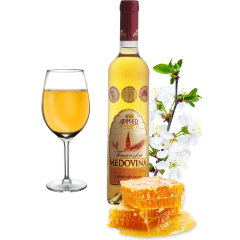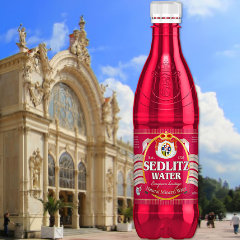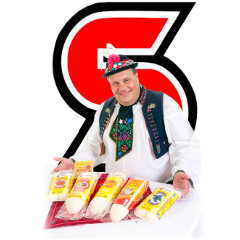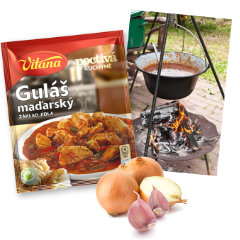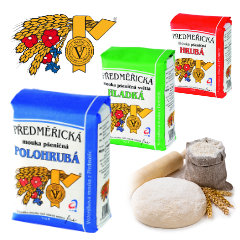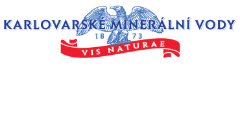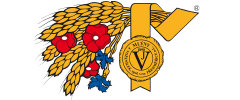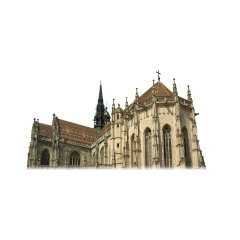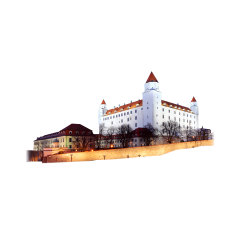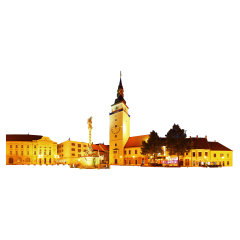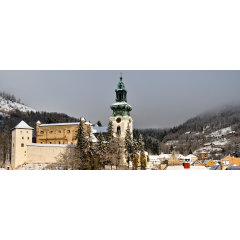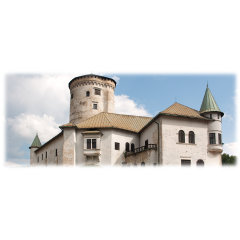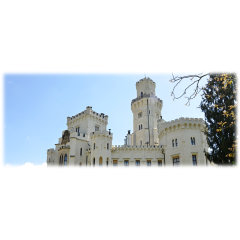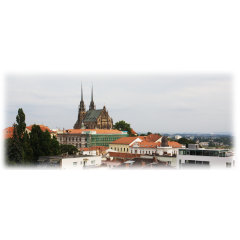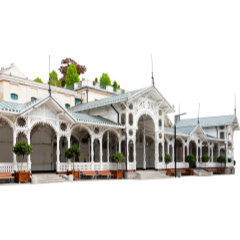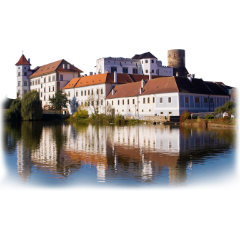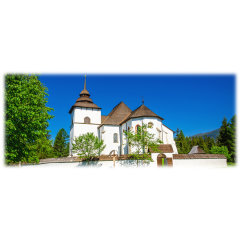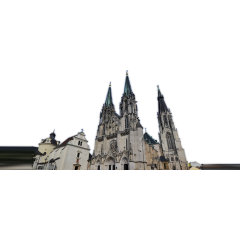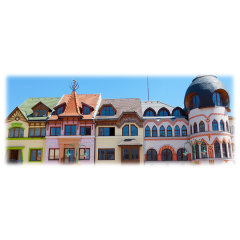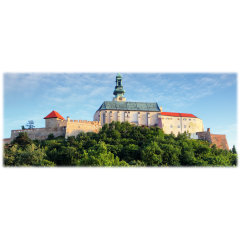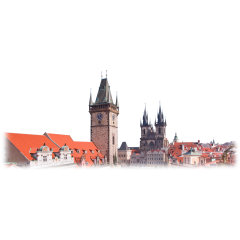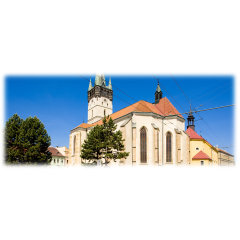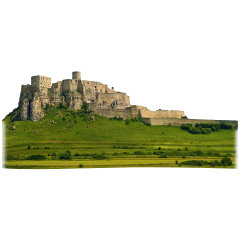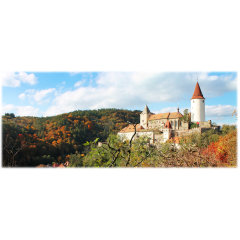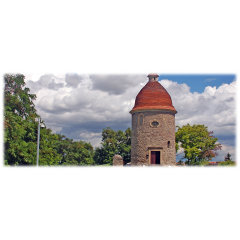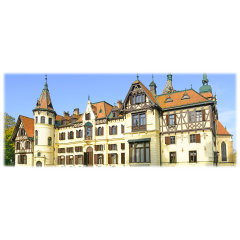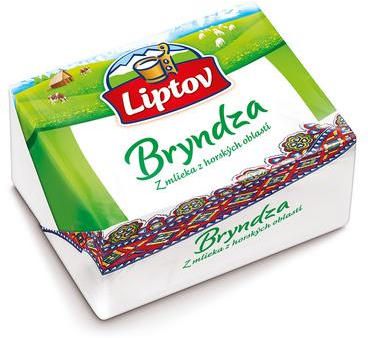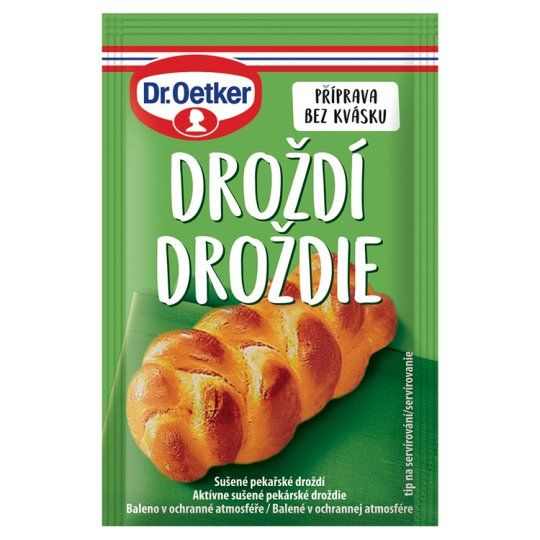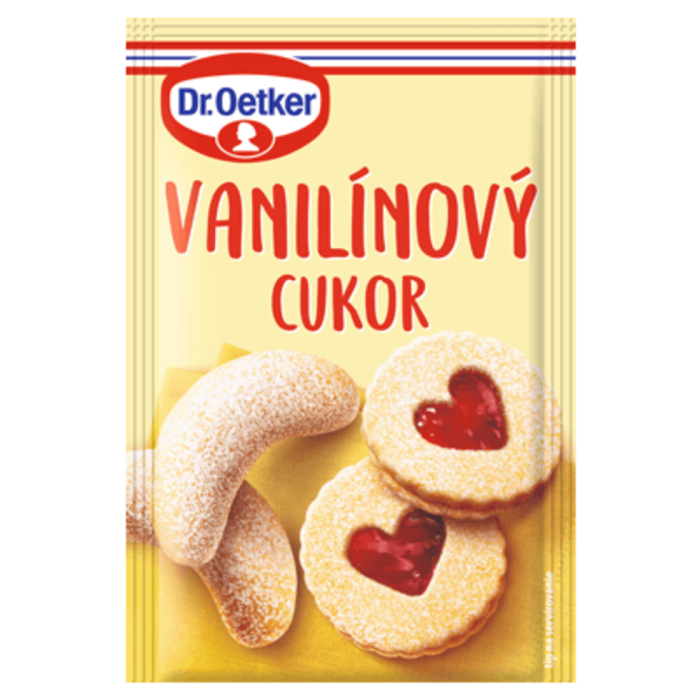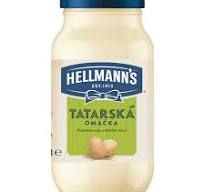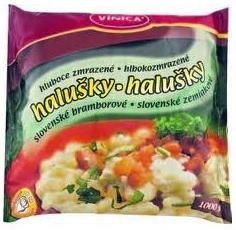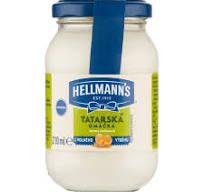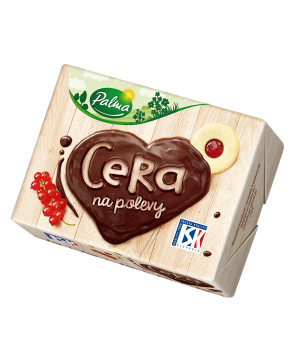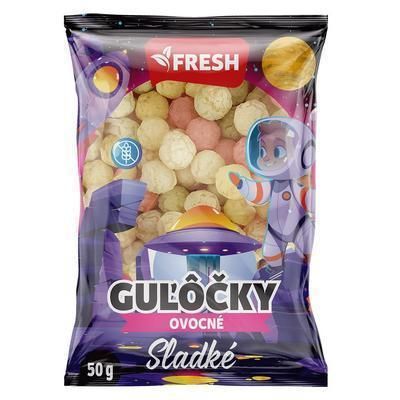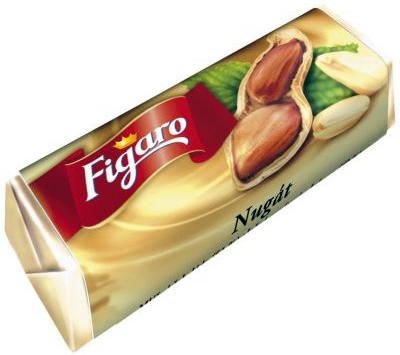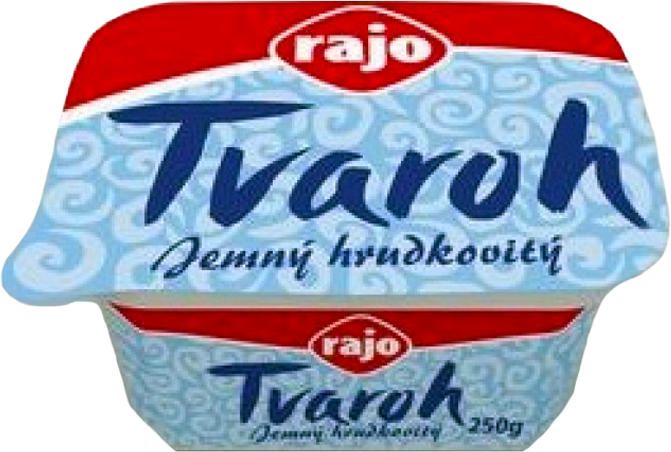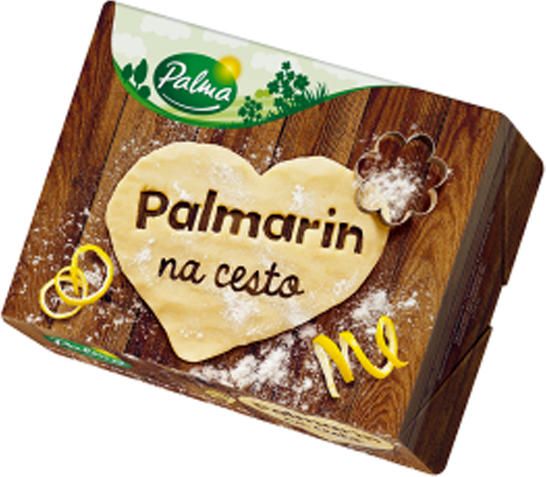Bratislava
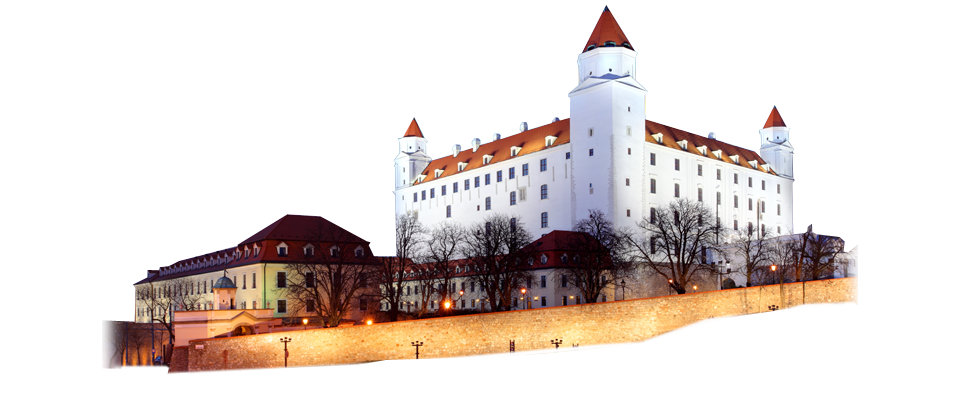
About Region
The Bratislava Region is one of the administrative regions of Slovakia. Its capital is Bratislava. It is the richest region in Slovakia and also the smallest of the eight regions of Slovakia. The region is located in the south-western part of Slovakia, split by the Little Carpathians which start in Bratislava and continue north-eastwards; these mountains separate two lowlands, the Záhorie lowland in the west and the fertile Danubian Lowland in the east. Geographically, this is a very valuable location at the historical crossing of trading routes – Danubian and north-south, the so called “Amber Route”. The region’s central location within the mid-European area, good transport access and the functions of international crossing both in road and railway transport, increasing importance of water and air transport and high rate of economic and social growth are amongst the most important development factors of the Bratislava Region.The Malé Karpaty (Small Carpathians) area is famous for it’s wine, cultural monuments and traditional crafts. The products that most characterise the region around Bratislava are wine and ceramics. Local wine can be purchased from the numerous wineshops (vinotéka in Slovak) in Bratislava as well as local centres like Pezinok and Modra. For the pick of the crop, the National Collection of Wine in Pezinok sells bottles from its annual selection of Slovakia's best hundred vintages. The most distinctive local style of pottery, known as majolika, is handmade in Modra. Influenced by the style and technique of the Habans, a now-disappeared Anabaptist community who used to live in the area, it is typically characterised by bold yellows and blues.
History
The first known permanent settlement of the area of today's Bratislava was the Linear Pottery Culture, around 5000 BC in the Neolithic era. Around 200 BC, the Celtic Boii tribe established an oppidum on the site of today's Bratislava Castle. The first Slavs came to the Carpathian Basin in the first half of the 5th century. The settlements of the present-day Bratislava territory of the 7th century were parts of Samo’s Empire as the earliest form of Slavonic state. The area was also part of the Principality of Nitra and later, in the 9th century, of Great Moravia. From the 10th century onwards, it became part of the Principality of Hungary and almost the whole area was part of Pozsony county. During the tragic Battle of Mohacs in 1526, King Louis, most of the Hungarian nobility and thousands of soldiers were killed. This catastrophe marked all of Christian Europe for many decades. The Turks marched northward and captured the royal site Buda with no resistance. Bratislava became a significant fortress at the frontier between the Christian world and territories under Islamic influence. After the lost battle of Mohacs and the occupation of Buda by the Turks, Bratislava became the capital of the Hungarian Kingdom. After the end of the Turkish Wars and the uprising of the Estates in the 18th century, Bratislava played a more important role than ever before.The top of its significance and fame was reached during the reign of the Empress Maria Theresia who was crowned in St Martin’s Cathedral in 1741. In September, she came to Bratislava at the session of the assembly to ask for help in the war with France, Prussia and Germany who denied the heredity of the Habsburgs through the female line. As says legend, she nursed the little boy Joseph (future Emperor) in her hands and tickled him to make him cry. In this way she filled an audience with even more compassion for the abandoned Empress. Maria Theresia made Bratislava her second residential town. The centre of the Záhorie region is Malacky. The church with a monastery dating from the 17th century located in the town centre has become famous for its Holly stairs which are climbed by pilgrims on their knees. Its underground crypts have survived with the remains of approximately 200 Franciscan monks, burghers and members of the aristocratic Pálffy family.
City to know about
Bratislava, the 'Little Big City', is one of Europe's most accessible capitals. City lies at the southwestern edge of Slovakia, a few minutes’ drive from Austria and Hungary.With fewer than 500,000 inhabitants, good transport links, diverse history, culture and a great natural position, it is an attractive place to visit at any time. The first written records date back to 907AD. The city offers activities focusing on history, culture and traditions, with good gastronomy and shopping options, as well as possibilities for congress tourism. Dating back centuries, the Old Town is home to numerous historic churches, castles, galleries and museums, including the Museum of Jewish Culture and Bratislava City Museum. The surviving fortifications at Michael's Gate provide a glimpse into the medieval history of the city. The city's present name is a relatively new one for a very old city. It was adopted in 1919, after the creation of Czechoslovakia. Before then, Bratislava was known as Pressburg to German-speakers, Pozsony to Hungarians, and Prešporok to Slovaks. Bratislava’s Castle in the 9th century was a Great Moravian fortress. In the 10th century, it was rebuilt to become the King's residence and a border post. During the reign of Maria Theresa (18th century) it became an imperial palace. Bratislava’s Castle is on the hill overlooking the Danube and is the town’s most prominent landmark.
Nature
The region’s small area with attractive landscape and a large variety of fascinating natural beauties.There are three protected landscape areas within the territory of the region: the Little Carpathians, Záhorie and Dunajské luhy.The second largest river in Europe flows through the area from Austria at the confluence with the Morava River beneath Devín Castle to its junction with the Ipeľ River near the village of Chľaba. The Slovak section of the Danube is 172 km long, 142 km of which forms the common border with Hungary and 8 km of which forms the common border with Austria. Little Carpathians is a fertile land perfect for producing wine. This range of hills is visible across the Danubian plain from many kilometres away. Exquisite places of the Small Carpathian region are offering an extraordinary experience of wine tasting with a piece of history. Extensive pine woods, meadows rich in flowers, sand dunes, natural lakes with sandy shores, and river terraces formed over the ages by the Morava make up the varied relief of the Záhorie region. Most of the Záhorie area is forested because its sandy subsoil is not suitable for farming.Dunajské luhy is one of the youngest of the 14 protected landscape areas in Slovakia. The landscape area consists of five separate parts in the Danube Lowland. The biggest part is Žitný ostrov, the largest river island in Europe. The island is an important reservoir of drinking water and an agricultural region. Dunajské luhy is an important area for nesting and incubation of many water birds. Many rare species, such as the White-tailed Eagle, Little Egret and Purple Heron, nest there. Sandberg, in Devinska Nova Ves, is one of the largest sandstones in Europe, offering both a lovely view of Austria and some fun fossil finds.



